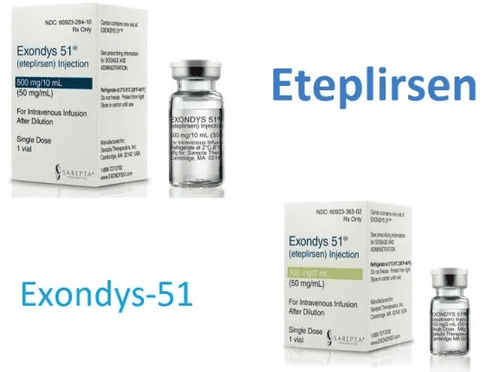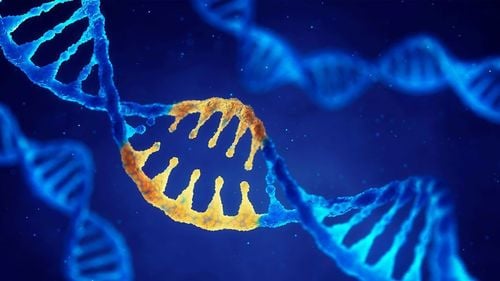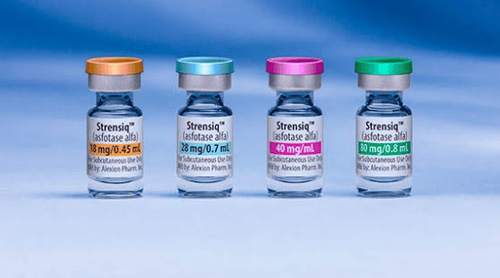This is an automatically translated article.
Posted by Specialist Doctor I Dang Thi Ngoc Chuong - Pediatrician - Department of Pediatrics - Neonatology, Vinmec Central Park International General Hospital.Allan-Herndon-Dudley syndrome is a term for a brain development disorder that results in intellectual disability and difficulty with movement. This is a rare syndrome occurring in the fetal stage, in which males have a higher frequency than females. There are about 25 families in which members of Allan-Herndon-Dudley syndrome are documented worldwide.
1. What is Allan-Herndon-Dudley syndrome?
Allan-Herndon-Dudley is the name for a rare X-linked genetic syndrome. The disease is characterized by brain development disorders leading to moderate to severe intellectual disability, as well as language and motor-related problems. Allan-Herndon-Dudley syndrome is recognized mainly in males due to an inherited trait on the X sex chromosome. A normal mother carrying the gene can pass it on to both sons and daughters, however because Having only one X chromosome, males are more likely to have the disease.Allan-Herndon-Dudley syndrome is named after three scientists William Allan, Florence C. Dudley and C. Nash Hemdon. The cause is believed to be a mutation in the gene that regulates the thyroid hormone transporter MCT8 (also known as SLC16A2). This prevents thyroid hormones from entering the central nervous system, which depends on signals from the thyroid gland to function and develop normally.
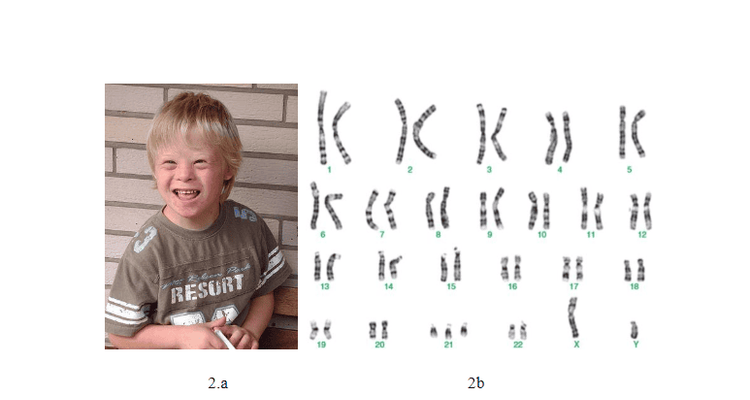
2. What causes Allan-Herndon-Dudley syndrome?
Mutations in the SLC16A2 gene are the cause of Allan-Herndon-Dudley syndrome. The SLC16A2 gene, also known as MCT8, is a gene that regulates the production of a protein that plays an important role in transporting thyroid hormone into nerve cells, thereby affecting the development of the nervous system. central nervous system. Thyroid hormone is an essential component that promotes the formation and growth of nerve cells, as well as the signaling connection between them. In addition, thyroid hormones are also responsible for regulating the maturation of other organ systems and controlling chemical reactions occurring inside the body.Gene mutations change the structure and function of the SLC16A2 protein. Therefore, this protein cannot transport thyroid hormone inside the nerve cell. Hormone deficiencies in certain brain structures interfere with normal development and cause intellectual disability and problems with the motor system. In addition, the amount of thyroid hormone will also become excess and increase in the blood of the patient. Hyperthyroidism may be harmful to several organs and cause the clinical signs and symptoms of Allan-Herndon-Dudley syndrome.
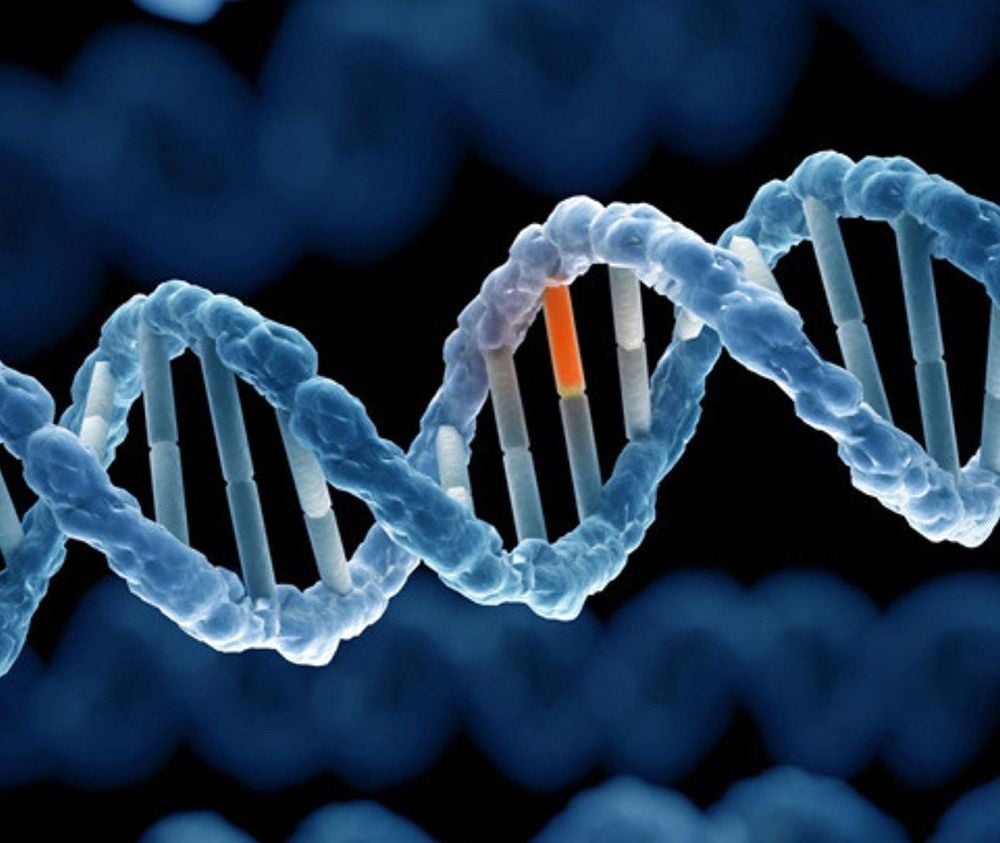
3. Signs to recognize Allan-Herndon-Dudley syndrome
The clinical symptoms of Allan-Herndon-Dudley syndrome are quite diverse, characterized by lesions of the central nervous system and the motor system. An estimated 80% to 99% of people with Allan-Herndon-Dudley syndrome have microcephaly due to decreased biparietal diameter, ataxia, neck abnormalities, and aphasia. Restricted growth of multiple muscle groups and decreased muscle tone are two common symptoms in children with Allan-Herndon-Dudley syndrome. The joints then become deformed in a contractile fashion, leading to limited joint motion. This symptom appears at a late stage and is common in elderly patients. Other possible manifestations are abnormal muscle spasticity, muscle weakness, and voluntary movements of the arms and legs, leading to limitation of movement and walking of the patient. Many patients with Allan-Herndon-Dudley syndrome are unable to move on their own and are wheelchair dependent since adolescence.4. Genetic features of Allan-Herndon-Dudley syndrome
Allan-Herndon-Dudley syndrome is an X-linked recessive disorder. This means that the genetic mutation that causes the disease is located on the X chromosome, one of the two sex chromosomes in the child. People. Because males have only one X chromosome in their chromosome set, only one abnormal gene present on the X chromosome can be enough to cause the disease. Whereas females have two X chromosomes in their chromosome set, the gene mutation must be present on both chromosomes to manifest the disease. In summary, males are the subjects most affected by inherited syndromes on the X chromosome.
5. Treatments for Allan-Herndon-Dudley syndrome
Allan-Herndon-Dudley syndrome is a rare syndrome and difficult to treat. In May 2013, the US FDA approved diiodohydro propionic acid (DITPA) as a treatment for MCT8 deficiency, but its use is still limited.Currently, there is no specific treatment regimen for Allan-Herndon-Dudley syndrome. Many theories have been suggested that triiodo thioacetate (TRIAC) – a naturally occurring thyroid hormone – is effective in the treatment of Allan-Herndon-Dudley syndrome. In 2014, a case was reported with a significant improvement in cognition and movement when using TRIAC at an early stage. Today, the effects of the drug TRIAC are still being studied. Besides, to improve the patient's quality of life, many therapies need to be coordinated including speech therapy, physical therapy and occupational therapy.
Vinmec International General Hospital is the address for examination, treatment and prevention of diseases. When performing the examination process at Vinmec, customers will be welcomed and used modern facilities and equipment along with perfect medical services under the guidance and advice of experts. Good doctors, well-trained both at home and abroad.
Please dial HOTLINE for more information or register for an appointment HERE. Download MyVinmec app to make appointments faster and to manage your bookings easily.
Reference source: en.wikipedia.org





